Articles Management of Acute Lower Back Pain
Acute lower back pain can be extremely distressing. In severe cases getting out of your bed to get to the bathroom can be a challenge! Fortunately, most instances of LBP will resolve within a few weeks. Here are a few tips about how to manage an acute lower back injury:
- Don’t make the injury worse than it already is. Think of a fresh wound, if you keep rubbing and poking the wound it will take a lot longer to heal.
- Avoid aggravating positions i.e. prolonged bending, repeated bending, prolonged sitting, sustained positions, lifting from the ground.
- Avoid sitting especially on a couch.
- If you don’t have the luxury of a baby sitter or having the day off work consider pacing your activities. If you can’t do a task all at once break it up and do it in smaller parts with rests in between.
- Have regular rests (see rest positions below).
- Do short regular walks (around the house if that is all you can tolerate).
- Try and keep the back in a neutral position (see rest positions below).
- Try taking pain killers /anti inflammatories.
- Back braces can be beneficial for short term use.
- Let the back settle down a little first before engaging in too many stretches or strengthening exercises, it might take a couple of days. These exercises are important but in the acute stages they can often aggravate the condition.
- Log rolling (see below) is the easiest and most pain free way of getting in and out of bed.
- If you decide to have treatment with a physio/chiro/massage therapist, be careful lying on your tummy for too long, you could leave worse than when you came in! If your symptoms are still bad a safer position is side lying.
- (If you have sciatica) As your condition improves your sciatica should start to improve and retract. If an activity makes your sciatica go further down your leg towards your foot you need to stop the activity.
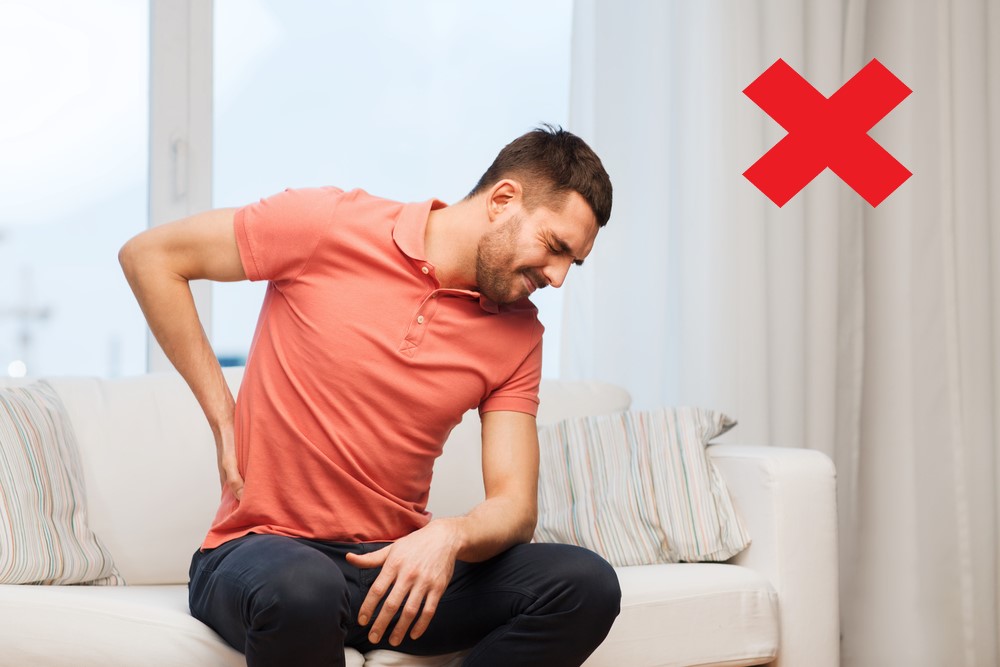
Acute Lower Back Pain- Rest Positions
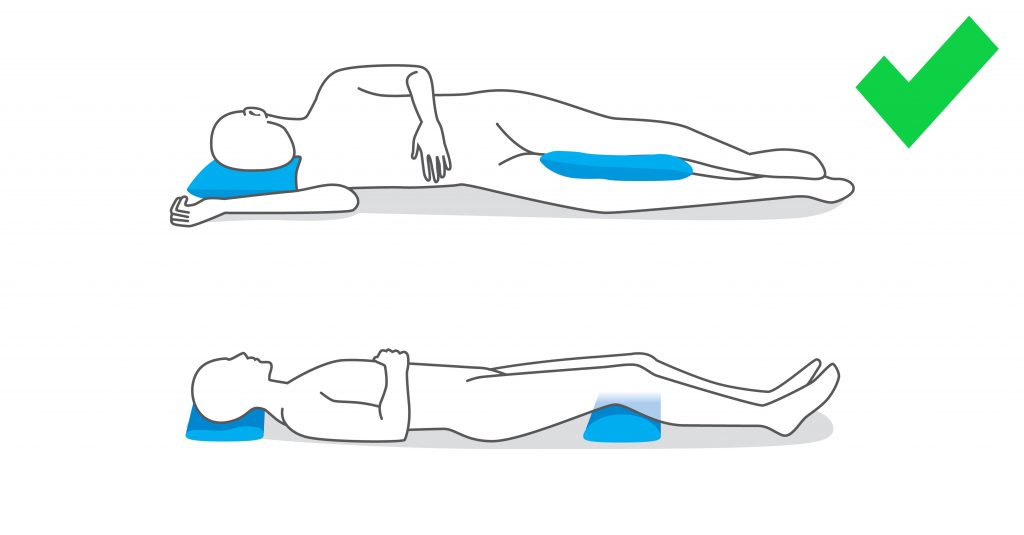
Acute Lower Back Pain- How to Log Roll

Acute Lower Back Pain- Exercises
Once your pain starts to improve you can gradually start to increase the amount of walking you do. Remember not to over do it, try to go for short but frequent walks, preferably on a firm flat surface.
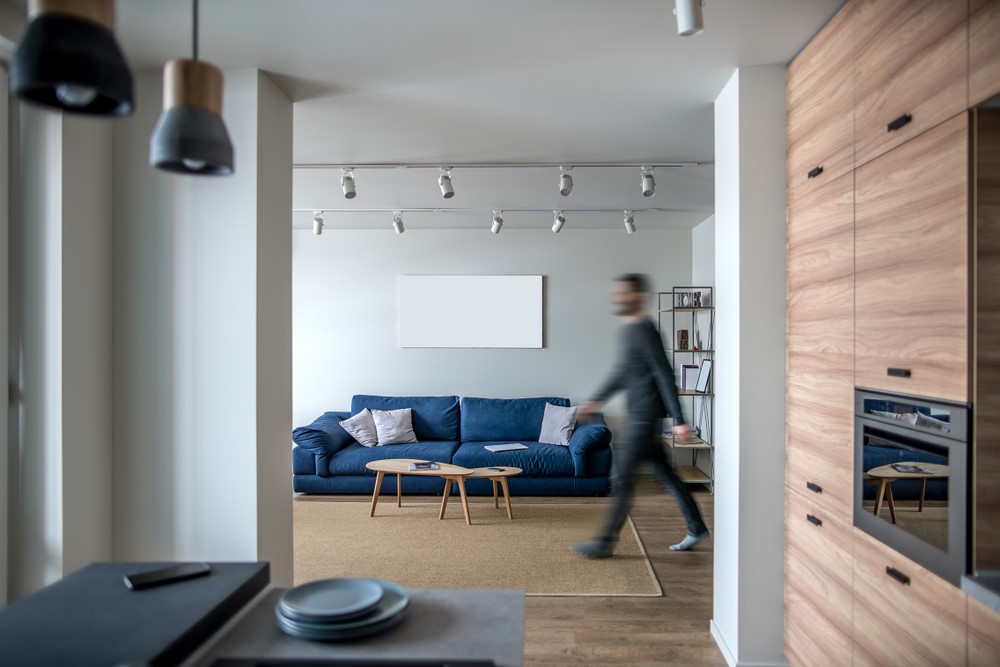
You can also commence gentle stretches providing they do no aggravate your symptoms. A few basic examples have been provided below:
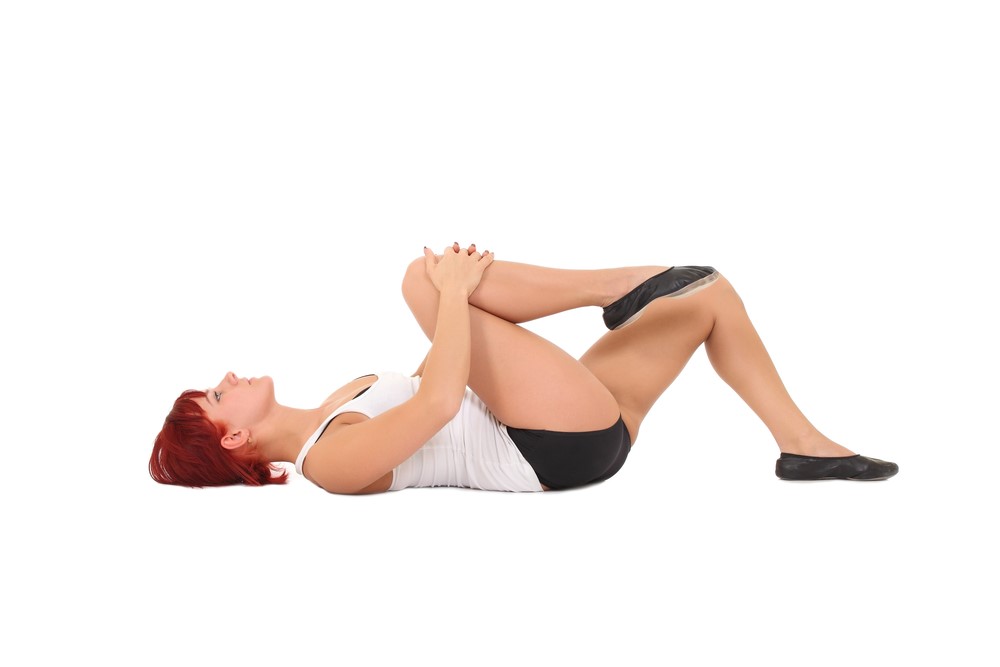
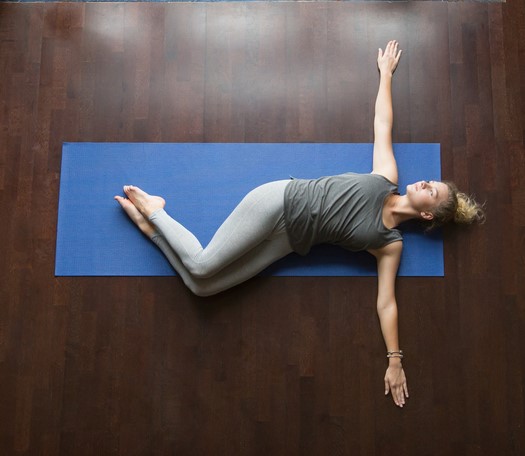
How do I Know if I am Getting Better ?
Sometimes it can be difficult to tell if your lower back pain is improving or not. Some signs of improvement can include:
- less intense pain
- the area of pain becomes less wide spread and more localised
- you start to experience more stiffness rather than pain
- less symptoms extending into your leg towards your foot (in the case of sciatica)
- improved ability to perform daily activities
If you notice your symptoms are going the opposite way, it can be indication your back pain is being further aggravated. Please note, aggravating activities are often not immediately painful but much worse several hours after (i.e. increased pain after prolonged sitting).
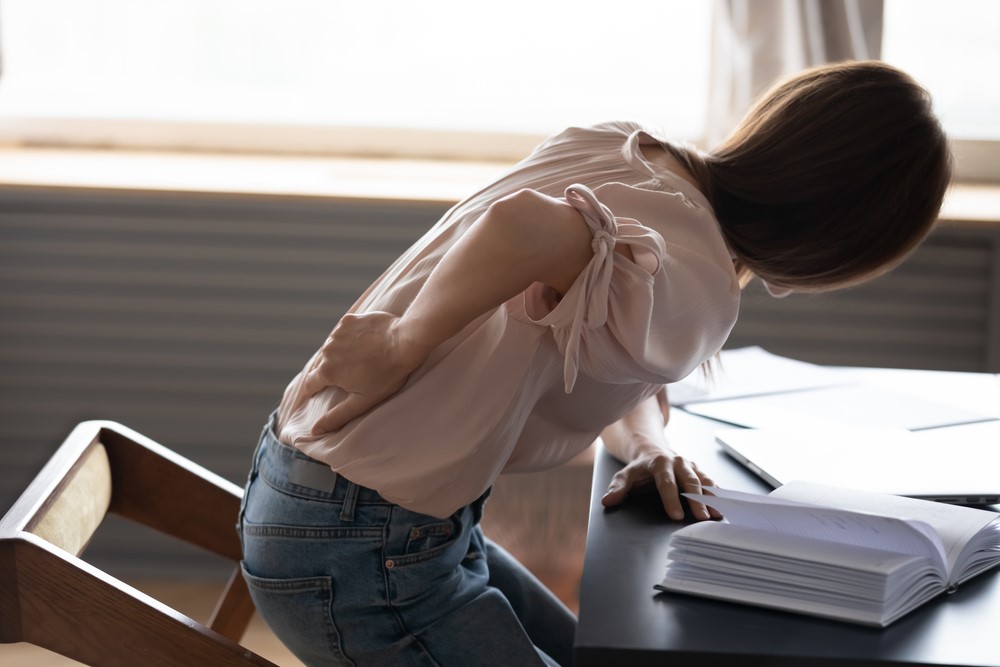
Red Flags
These are signs and symptoms of more serious causes and require urgent medical review:
- Acute LBP following a major trauma (i.e. car accident)
- Acute LBP following a fall and you have Osteoporosis
- Problems controlling bladder and bowel function
- If you experience worsening clumsiness, numbness, weakness and/or balance in both legs
- If you get night pain that does not change with activity
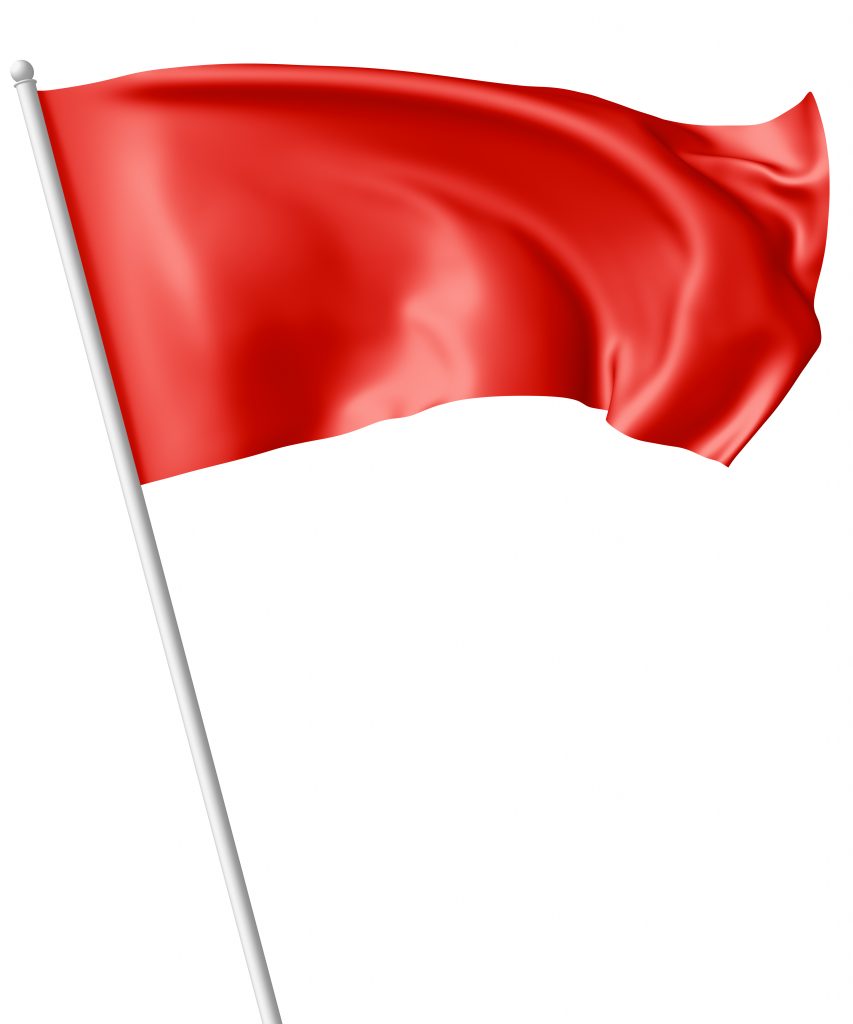
Please keep in mind the information provided is general in nature and should not be used as a substitute to consult your treating health professional. If you have any specific questions or require assistance with your individual treatment requirements please do not hesitate to contact MyFamily Physio Mona Vale, Northern Beaches Sydney.
Related Articles